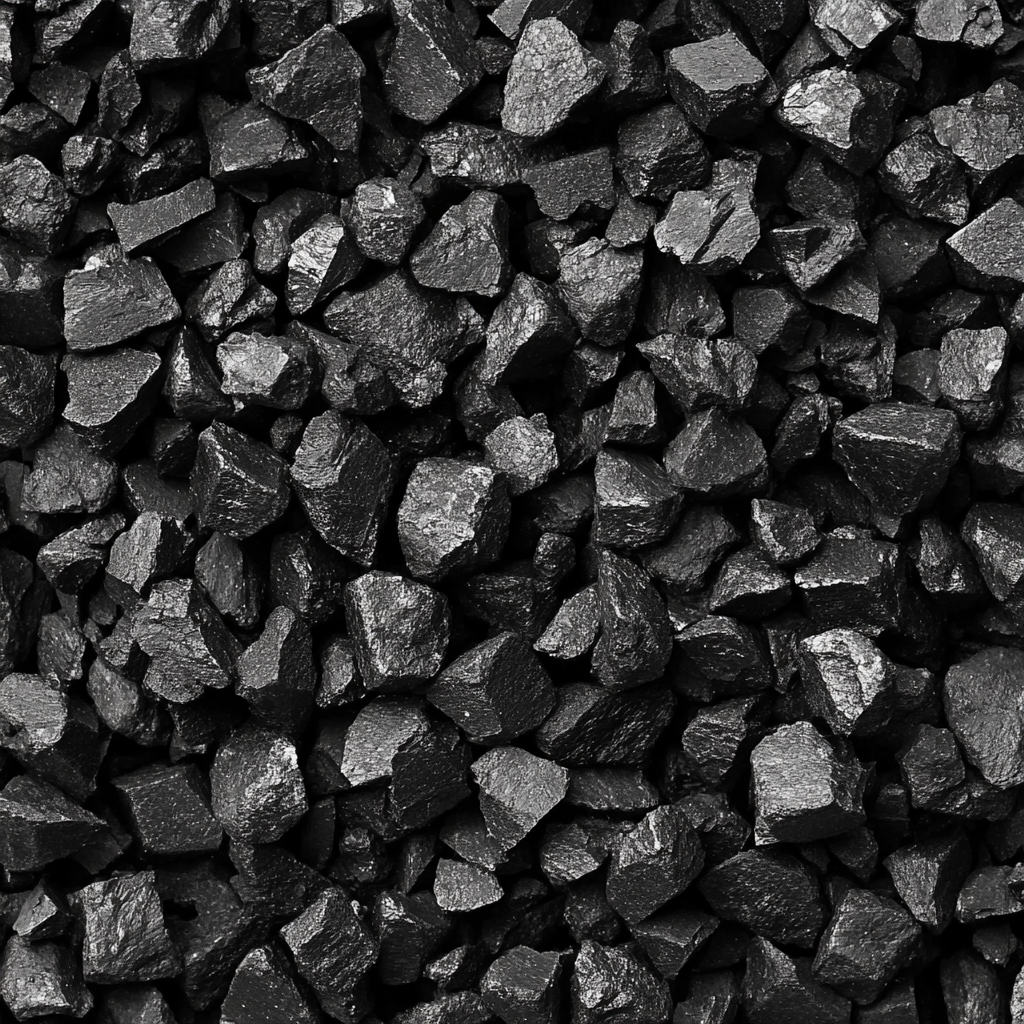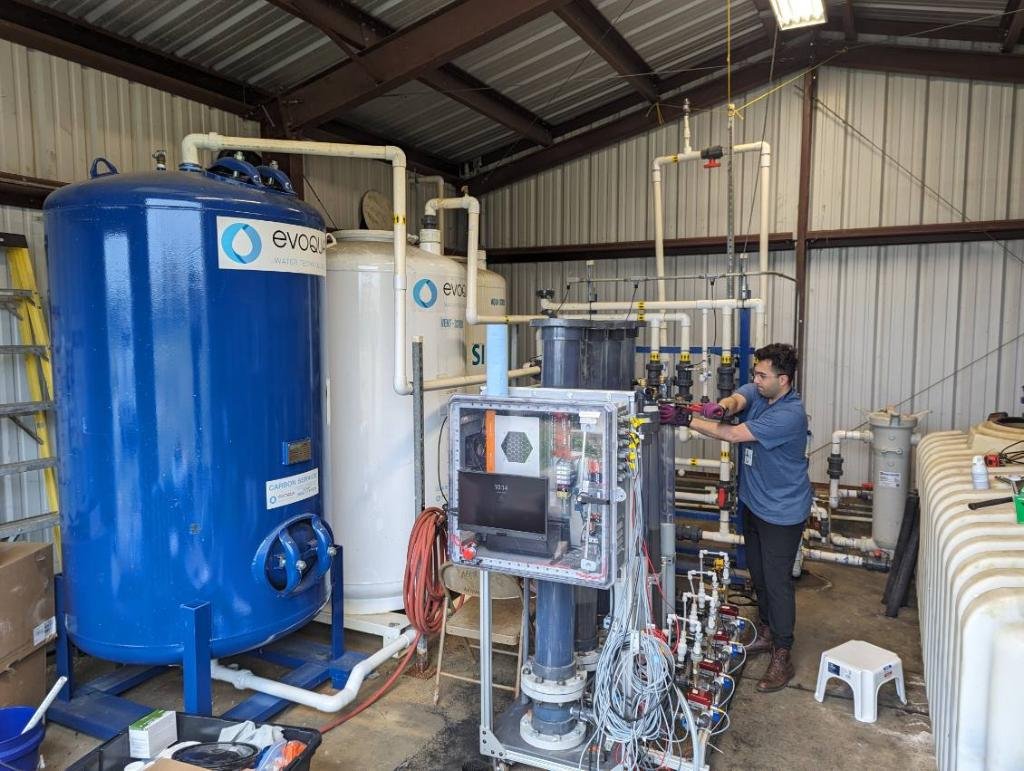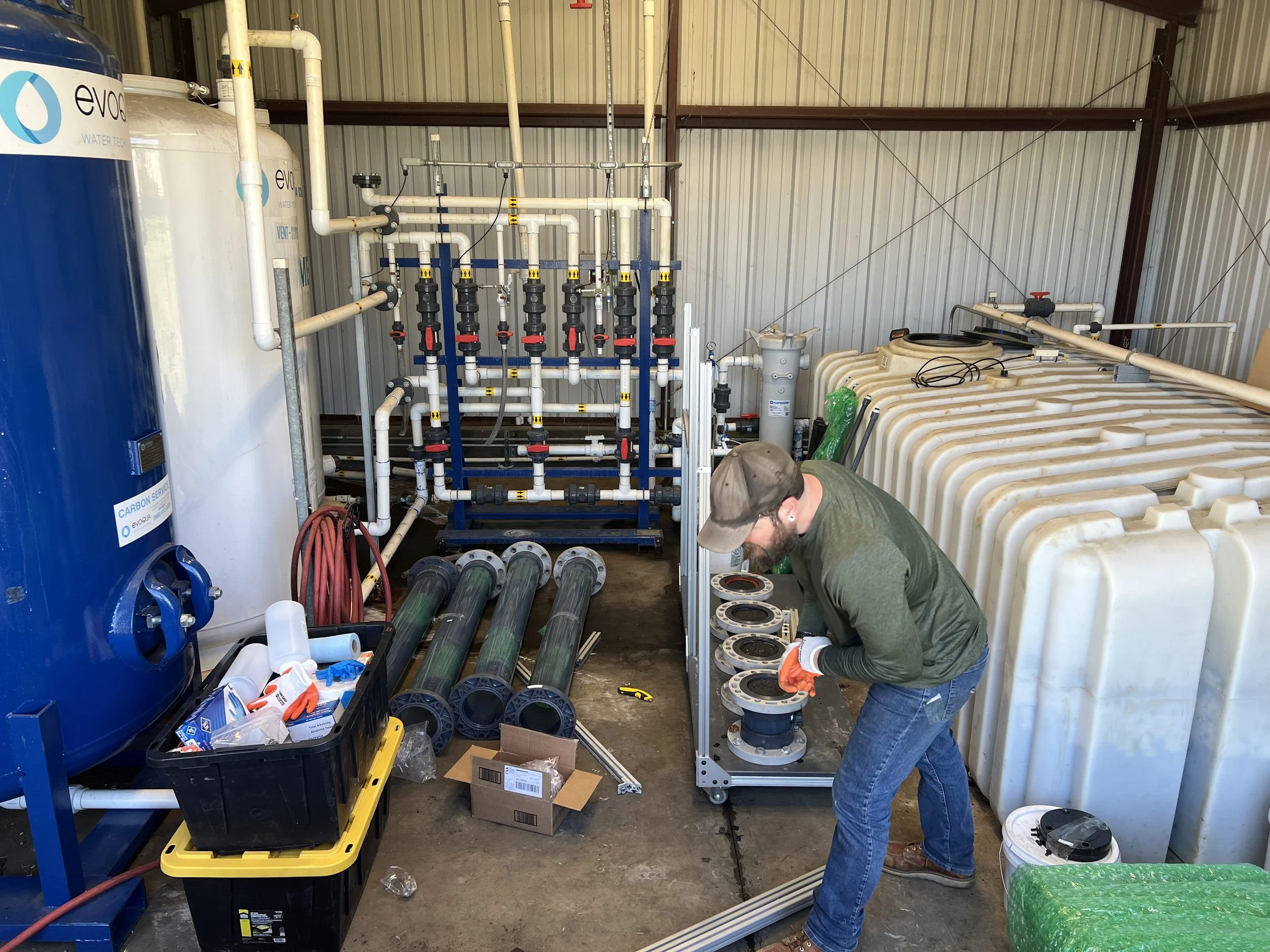
Pioneering Solutions for Emerging Contaminants: Safeguarding Public Health and the Environment
Our Mission to Protect Public Health
At Hooman's research laboratory, we focus on the complexities of emerging contaminants, exploring their characterization, occurrence, and fate in impacted streams. By advancing innovative sequestration techniques and end-of-life strategies, our mission is to safeguard public health and mitigate chronic health risks. Through cutting-edge physico-chemical treatment processes, we address critical challenges in water and wastewater treatment, potable reuse, and the management of unconventional water resources, driving solutions for a healthier and more sustainable future.
PFAS in Fire Supression Systems
Aircraft rescue firefighting (ARFF) vehicles frequently retain residual levels of per- and polyfluoroalkyl substances (PFAS) due to widespread historical and current use of aqueous film-forming foam (AFFF) for class B firefighting. As many countries transition to fluorine-free foam (F3) alternatives, there is an urgent need for efficient methods to clean ARFF interiors, reducing replacement costs and mitigating PFAS discharge into the environment. However, the amphiphilic nature of PFAS presents unique challenges, such as the "rebound effect," where measurable PFAS levels persist in F3 following cleanout efforts. Hooman's research lab is addressing these critical challenges by investigating cleanout processes for PFAS-impacted ARFF vehicles and advancing strategies for managing PFAS-contaminated rinsate from fire suppression infrastructure.
Advancing Sorption-Based Processes for Removal of Emerging Contaminants
Addressing the growing presence of understudied PFAS in environmental matrices requires innovative treatment approaches. Hooman’s research group focuses on evaluating the efficacy of sorption-based processes, including granular activated carbon (GAC), surface-modified clay (SMC), and anion exchange resin (AER), for removing diverse PFAS from aqueous environments, such as those impacted by aqueous film-forming foams (AFFF).
Here, our research emphasizes on understanding the mechanisms driving PFAS adsorption, including the influence of molecular structure, functional groups, chain length, and ionic charge. Insights into these adsorption behaviors guide the development of tailored solutions to address the complexity of PFAS contamination in real-world scenarios. This is also critical for developing more effective, targeted solutions to mitigate PFAS contamination and protect public health from the potential long-term effects of exposure to these persistent environmental pollutants.
Field Demonstration and Validation
The majority of studies on newly developed sorbents have been conducted at the bench scale using synthetic solutions. While these simplified conditions are valuable for quantifying performance, the behavior of these sorbents under real environmental conditions remains largely unexplored.
Our lab-scale experiments with both established and newly developed adsorbents are being validated through field demonstrations to benchmark their performance. our pilot-scale study is evaluating the performance of Fluorosorb, a recently commercialized surface-modified organo-clay, for the removal of PFAS and co-occurring chemicals. This evaluation includes a direct comparison with representative granular activated carbon (GAC) and ion exchange (IX) products.
The experimental work will involve a comprehensive side-by-side comparison of FS, GAC, and IX, focusing on the removal efficiency of PFAS and commonly co-occurring chemicals.
Characterization of Emerging Contaminants in Aquatic Environments
To safeguard aquatic environments and public health, one of the key directions of Hooman’s research group is understanding and mitigating the impacts of 6PPD-quinone (6PPD-Q). Formed as a byproduct of 6PPD, a widely used tire antioxidant, 6PPD-Q has been identified as a major contributor to "urban stream syndrome," causing acute mortality in coho salmon exposed to urban stormwater runoff.










